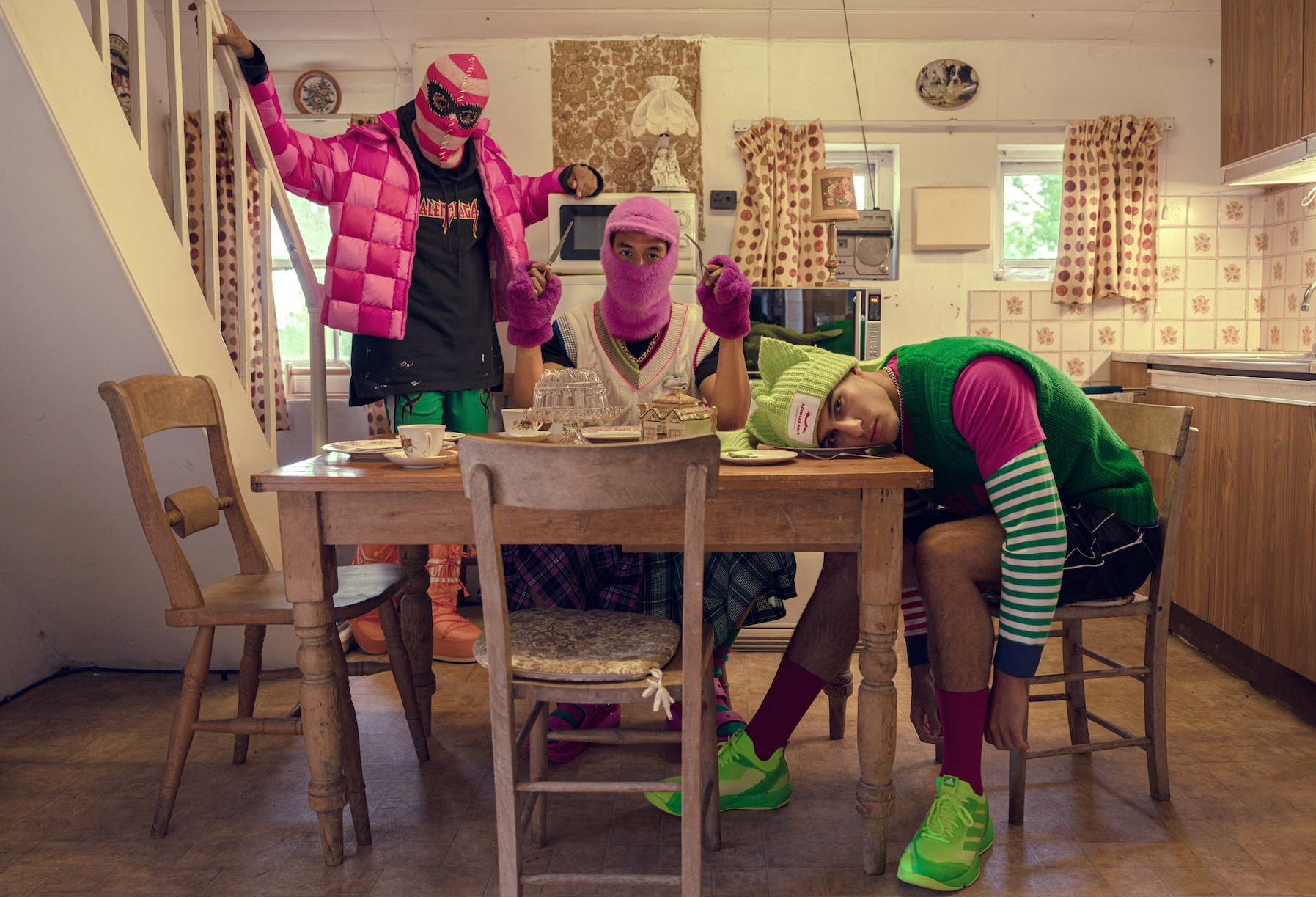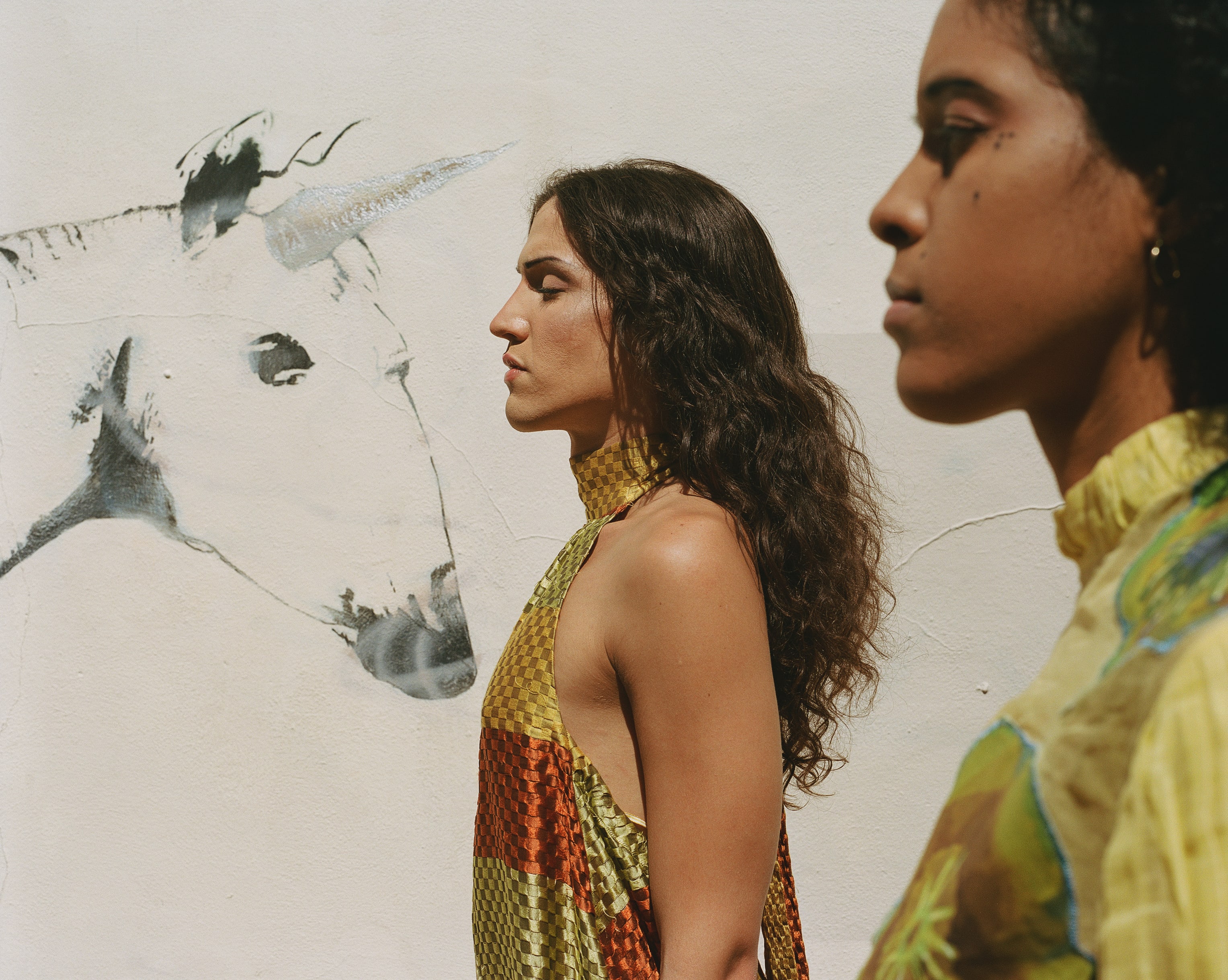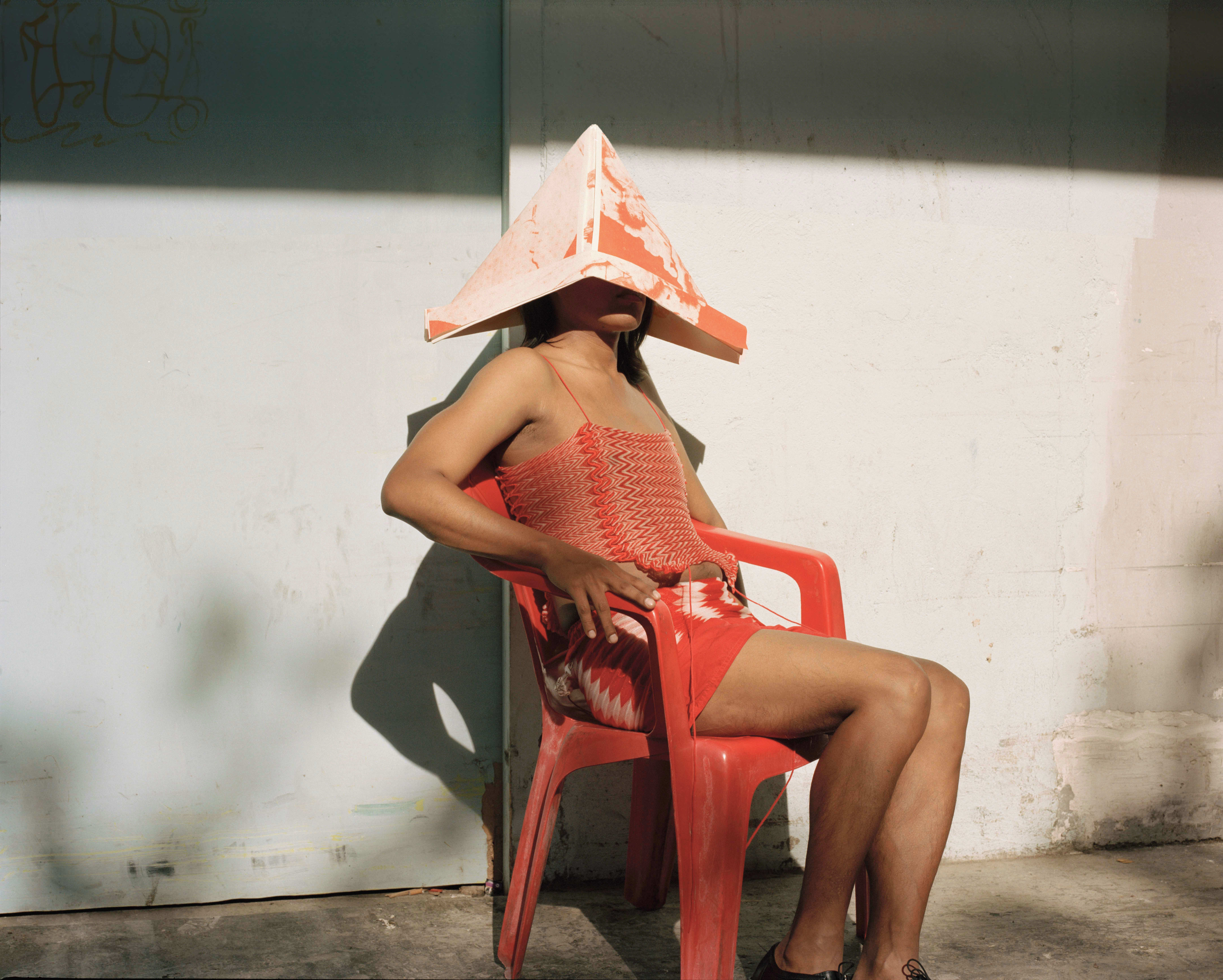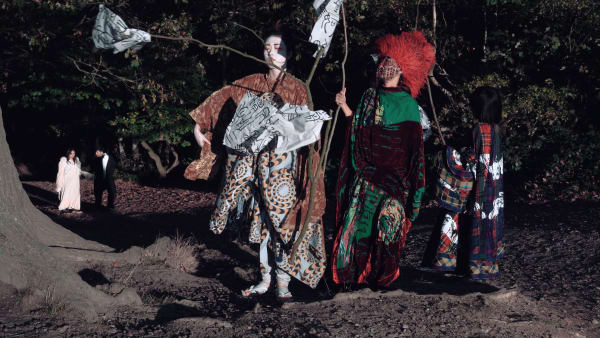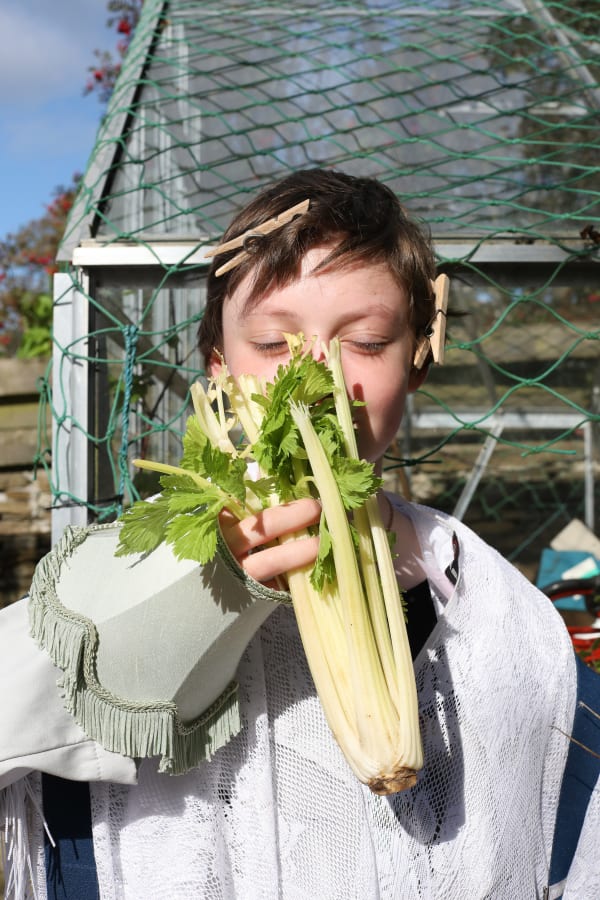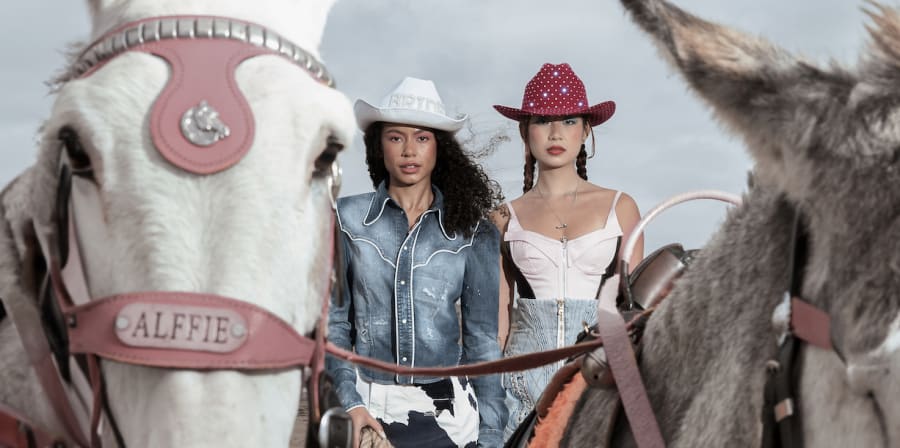
The MA Fashion Communication exhibition returns from 23 to 25 November within the Central Saint Martins building. This year marks the 30th anniversary of MA Fashion Journalism, from which the rest of the course has sprung. Throughout its three-decade journey, the programme has consistently shaped the future of fashion. In a year marked by the rise of generative artificial intelligence, the Class of 2023 unveils projects that provide a glimpse into the dynamics of a volatile industry.
Photographers, stylists, writers, and journalists capture the mood of a generation teetering on the edge of technological uncertainty. Their collective efforts mirror the industry's most pressing concerns and interests from the rise of AI to the decolonisation of fashion histories.
Cameron JJ Young, @cameronjjyoung
MA Fashion Communication: Image
Cameron JJ Young is a photographer and art director from the Northwest of England. Having explored artificial intelligence in his past work, his latest project focuses on the exploitation of working-class aesthetics.
For your first project, you used artificial intelligence. What do you believe is the potential of AI in fashion image-making?
“I worked with artificial intelligence for the first time when I was working with the talented MA designer Maxime Black who was working with AI as part of his design process. Before this project, I was uneducated and had a preconceived bias against AI in the arts. However, instead of using AI-generated images as the outcome, I worked collaboratively with AI to help it inform my practice. I feel like, as creatives, AI is a great tool to have in our arsenal if the human-led input and creativity is the priority, and it remains a tool to aid your practice as opposed to replace.”
For your final project, you tackle what you call the “poverty porn” that permeates Northern England’s representations in the media. How do you go about fixing the mistakes of the past?
"For me, coming from a working-class background and what would be considered a ‘deprived’ area of northern England, the poverty porn I talk of has always been slightly jarring to me. You see it every day with big brands capitalising on the aesthetic of poverty whilst those communities are some of the most under-represented in the fashion industry. If we increase the accessibility of the industry, I believe the fetishisation of our communities will reduce drastically as we can be more in control of our narratives and stories and not set dressing for the middle and upper-class elite."
How do you think fashion communication will change in the next 30 years?
"Not to sound like a broken record, but I would hope to think that fashion communication in the next 30 years will become way more diverse, with voices from POC, the working class and other marginalised groups will have a stronger voice. I’m excited to see how a generation that’s existed online their entire lives will shape fashion communication. I’m all for a little bit of anarchy so I’d love to see the rule books torn and shredded and be able to see what amazing work people can make when they’re allowed to be a little bit less rigid."

Kanika Bhargav @kanikabhargav
MA Fashion Communication: Journalism
With a background in biomedical engineering, Kanika Bhargav is a London-based fashion journalist from India. In her work, she delves deep into fashion, technology and sneaker culture.
In your project, you analyse if AI is a threat or a tool for fashion journalists. What conclusion did you arrive at?
"AI, particularly ChatGPT, is both a potential threat to the integrity of information and the newsroom and an incredible opportunity to make journalism more efficient. There's a fine line to tread in integrating AI without compromising journalistic integrity. That's where the challenge lies. But for now, striking a balance between ChatGPT and upholding journalistic integrity is crucial for the industry's continued progress. Experimentation, understanding the technology's limitations, and using it judiciously are crucial steps toward an evolved, efficient, and ethical future in journalism. Because AI isn’t going anywhere, we should all start using it rather than sticking our heads in the sand."
In your report, you ask “Can creativity and AI coexist in journalism?” What is your opinion on the matter?
"AI and human creativity are not just coexisting; they're complementing each other in today's journalism landscape. We've witnessed this adaptation in various publications like Men's Journal and Buzzfeed, where AI serves as an assisting force. You can treat it as a companion rather than a complete replacement for human creativity. This is where AI fits with journalism: not as a replacement, but as a useful assistant that can make life easier for journalists. For me personally, as a fashion journalist from a non-journalistic, non-fashion background, I initially faced challenges when writing about fashion. However, integrating ChatGPT as my reliable assistant has proven incredibly advantageous. AI isn't here to steal the spotlight from humans, it's a valuable ally that enhances our creative potential."
How do you think fashion communication will change in the next 30 years?
"The pace at which technology is moving forward, it’s hard to predict what will not change. I think everything will change. I think print media will exist and everything will be technology-based. Automated reporting, personalized content creation, and AI-generated insights could become standard. Amidst this evolution, I still believe and hope there will always be room for journalists to offer their perspectives and insights. Despite the tech-driven changes, the human element of journalism—critical thinking, analysis, and the art of storytelling—will continue to hold its significance although the way we consume and sell news might change."
-
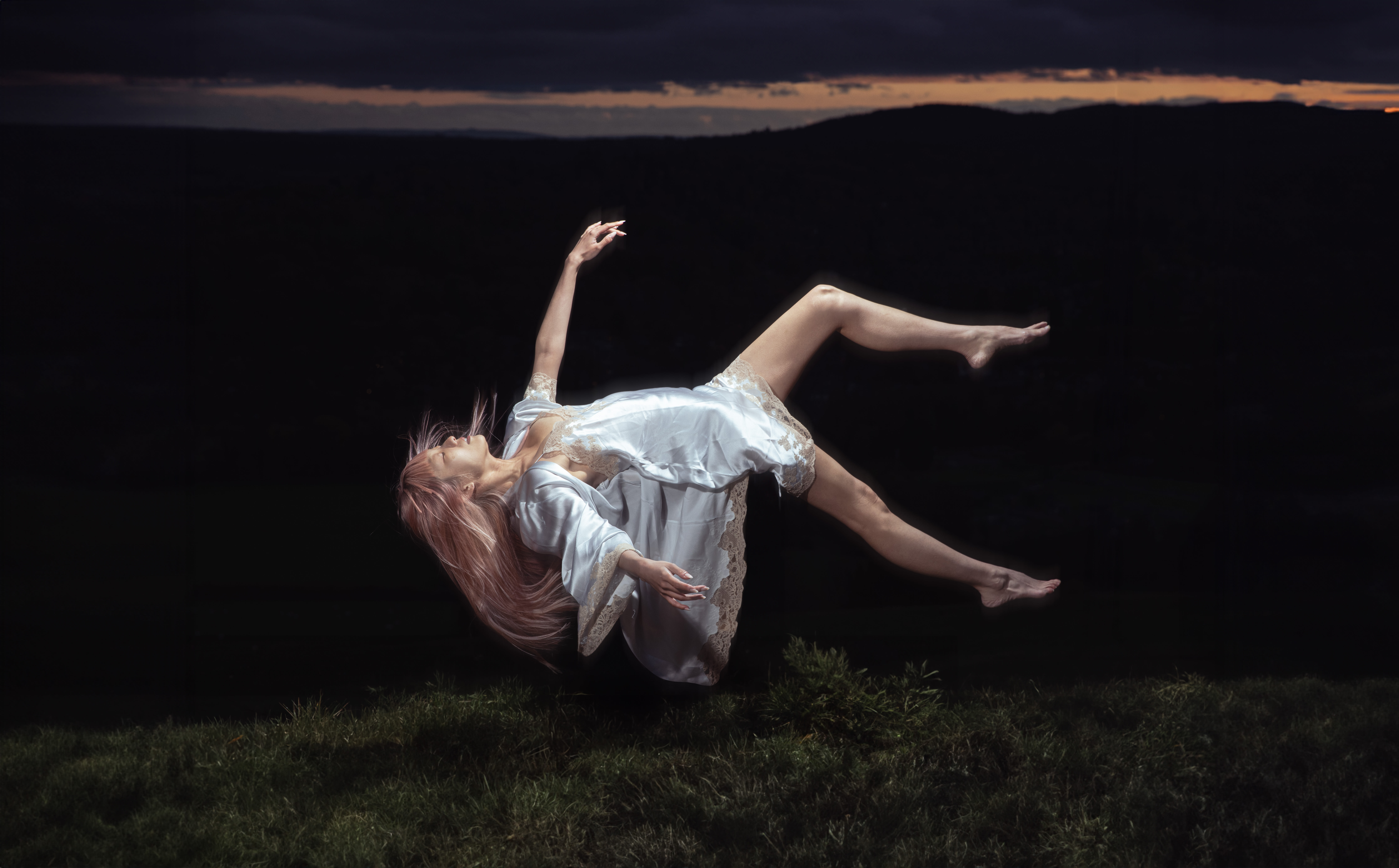
Photography by Cameron Young
-
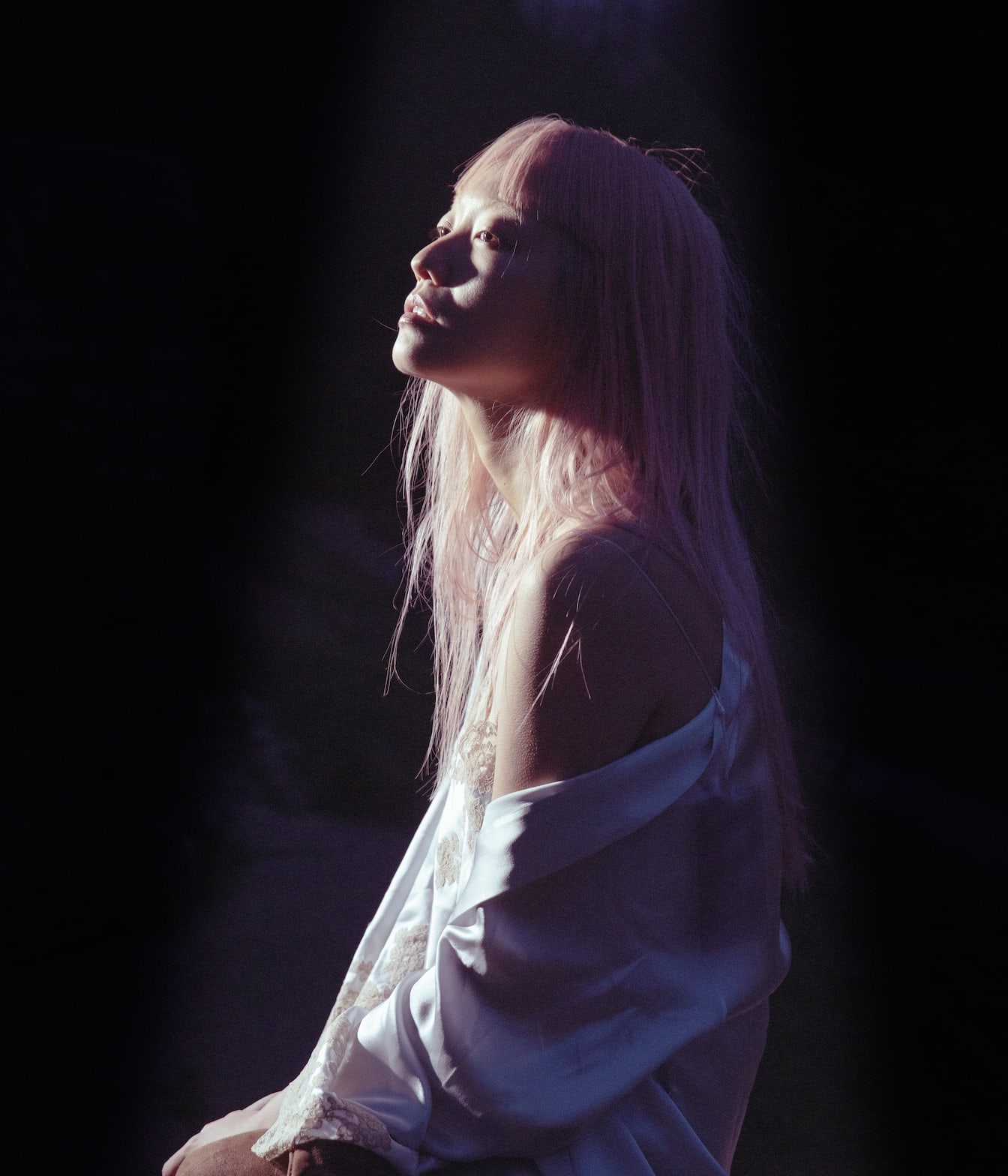
Photography: Cameron Young
Hajar Agrad @hajaragrad
MA Fashion Communication: Histories and Theories
Hajar Agrad is the first Moroccan student in the course’s history. The researcher aims to mend the relationship between Moroccan artisanship and the Western fashion system by dissecting its current exploitation.
Your dissertation is a deeply personal project. What was the catalyst for you to write “Mama’s Wardrobe”?
"I grew up around so much beauty. I was always looking at what my parents were wearing. I used to steal my dad’s suits and parade in them. I couldn’t do the same with my mother’s traditional dresses because they were just too precious. Being in London made me realize how underrepresented people who beautifully and meticulously craft those dresses are. And how in some texts they are portrayed as passive copiers of actual “designers”, who just happen to be more privileged. This dissertation is my way of appreciating the craftspeople of dress in Morocco until I can do more."
You discuss how Moroccan craft has been used as an aesthetic reference by Western designers. What do you think is the future of Moroccan influence on the Western fashion system?
"I think Morocco continues to be an inspiration, be it for editorials, campaigns, or influencer event destinations. I just hope opportunities for Moroccan professionals in fashion are created alongside that. Less borrowing and more collaboration. Moroccans know the rich landmine our culture represents, a lot of which has yet to be thoroughly studied and preserved."
How do you think fashion communication will change in the next 30 years?
“I would hope fashion communication is a more representative space of real life. Less stereotypical portrayals by a privileged community, and less polished content. More freedom of expression, I do not want to see people getting fired for promoting peace when the dominant narrative is one of hate. More accountability and less hypocrisy. My peers in the programme, who I think are going to be big contributors to fashion communication in the next 30 years, are a diverse bunch of bright minds with big hearts, each having a unique and beautiful story to tell, through different creative mediums. For that, I trust the future of fashion communication will be fabulous.”
-
Styling: Cayetano García. Photography: Ana Margarita Flores
-
Styling: Cayetano García. Photography: Zacharie Lewertof
-
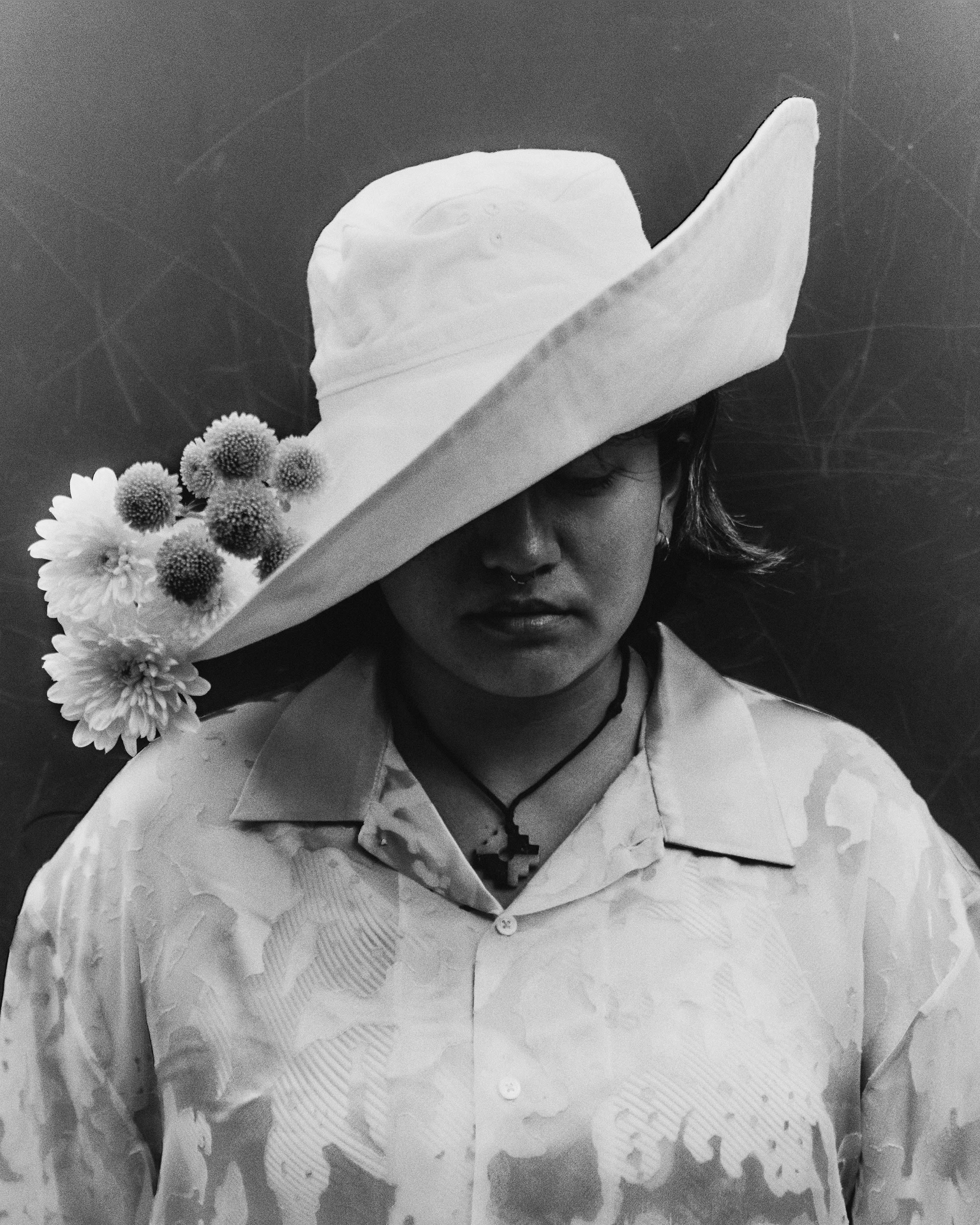
Styling: Cayetano García. Photography: Diego Bendezú
Cayetano García Sahurie @cayetanogs
MA Fashion Communication: Image
Cayetano García Sahurie is a stylist and art director from Peru. Exploring the Latinx diaspora, his work creates a new visual language of queer representation. His work has been featured in several publications, like Vogue Portugal and Metal Magazine.
“Flor de Laguna” is a visual project rooted in Peruvian queer history. What made you want to use the historic event as the starting point of your project?
"I have always been fascinated by Latin American history, in particular, the stories that are hidden behind popular knowledge. The history of queer Latinxs is an example of this. When a community has little to no visual record of their expression, it makes it easier for it to be invisible to their society. That was the main motivation of Flor de Laguna: to show the faces of the queer Latinx diaspora today taking inspiration from community-building traditions of the past. Flor de Laguna is a love letter to the past and a celebration of our present as Latinxs, even though we are miles away from our beautiful continent."
You explored queer Latinx diaspora both visually and behind the scenes, with a cast and crew that reflected the intent of your project. Why was it so important for you to have that representation?
"There is so much talent that comes from Latin America that is often underestimated and underrepresented, especially in the fashion industry. This project highlights a slice of the wonders we can do and how diverse we are. Flor de Laguna is a visual narrative built collaboratively. The most valuable thing that came out of it for me was meeting such a diverse group of collaborators and reflecting on our shared experiences."
How do you think fashion communication will change in the next 30 years?
"I believe that fashion communication will be increasingly diverse. There are so many stories untold, and fashion serves as an exciting tool to uncover them from the shadows. Most importantly, there are newer audiences to reach that are eagerly waiting for these stories to be told. The obvious answer will have to be regarding technological advances, but truly, technology has helped me to get in close contact with the stars of Flor de Laguna, in front and behind the camera. Technology is an enabler of the diversification of fashion communication that my generation wants to see and be part of."
Tamam Duhair @tamduhair
MA Fashion Communication: Journalism
Tamam Duhair is a Palestinian-Romanian, London-based beauty journalist. Focusing on the role of social media and influencer marketing, her project analyses the ever-changing landscape of the beauty industry.
Her market report deep dives into the intricacies of the beauty social media space and the role that influencers play in the overall success of a brand, analysing the ethical considerations surrounding the virtual beauty verse. This year, she has collaborated with In-Trend, a London-based beauty intelligence agency.
In your research, you analyse the role of influencers in the ever-changing landscape of beauty. How do you believe influencer marketing is changing the industry?
"It’s fascinating to see how influencers have become such a powerful driving force in recent years in beauty marketing. Influencers, unlike traditional celebrities, enjoy a more transparent connection with their audiences. It all comes down to carefully nurtured trust. The leverage unique to the influencer is that they have a stronger sense of trust and a lower sense of doubt with their community when it comes to product promotion. Brands lack that virtual, but organic connection with their customer base. So that is when influencers come into play, serving as a bridge of credibility between said brand and potential customers."
How do you think technology has affected beauty standards?
"Beauty standards have already been ever-changing throughout time, even before social media platforms were invented. They had always served as a way that sought to profit off people, but mainly women’s insecurities. Once social media platforms became such a key part of essentially every other aspect of life, we also became exposed to an immeasurable amount of new information, new faces, and therefore, new beauty standards. The rate at which they change is whiplashing, which in turn only makes us, the users have such deeply rooted self-esteem issues that most times we are not even aware of it."
How do you think beauty communication will change in the next 30 years?
"I think there were a couple of years where it felt like influencers could get away with anything: from problematic behaviour to dishonest reviews. However, I think that in the future influencers will go back to relying much more on being honest with their communities. We are kind of seeing it happen before our eyes. Another thing I believe will change within the beauty space is the integration of AI. There is a real opportunity for beauty brands to offer a much more immersive experience for their clientele. So far, we have seen shy approaches to it, such as Sephora’s Smart Skin Scan, a skin diagnostic that allows enhanced personalisation or Shiseido’s Skincare Advisor Tool."

More
-
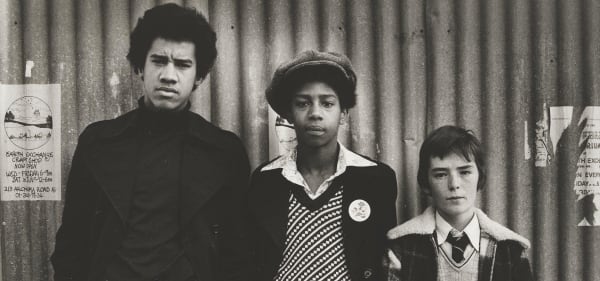
Photograph by Al Vandenberg - 'Untitled', from the series On A Good Day gelatin silver print, London, 1970s, printed 2010. Given in part by Al Vandenberg and Eric Franck. Supported by The National Lottery Heritage Fund.
